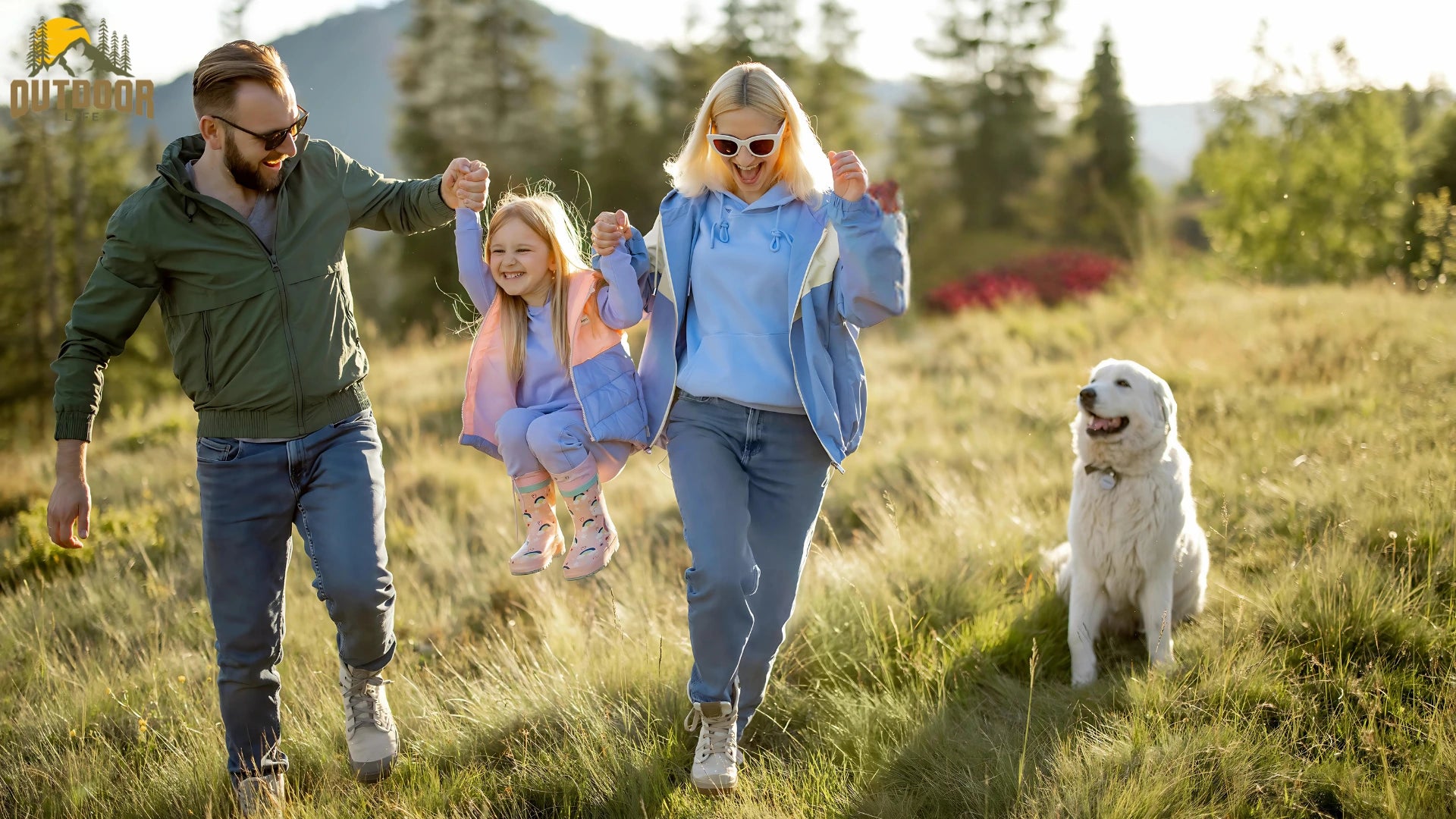Even a well-arranged camping trip can be disrupted by unexpected bad weather. Here's what you should do to stay safe and comfortable:
1. Stay Informed:
- Monitor Weather Forecasts: Keep an eye on weather updates to anticipate potential storms or changes in conditions.
- Have a Backup Plan: If severe weather is expected, consider postponing your trip or finding a safer location.
2. Prepare Your Campsite:
- Secure Your Tent: Reinforce tent stakes and guy lines to withstand strong winds and heavy rain.
- Elevate Gear: Raise sleeping bags and other essentials off the ground to avoid water damage.
3. Stay Warm and Dry:
- Layer Up: Wear multiple layers of clothing to adjust to changing temperatures.
- Waterproof Gear: Invest in waterproof tents, sleeping bags, and rain gear to stay dry.
- Stay Hydrated: Drink plenty of fluids, even in cold weather, to maintain body temperature.
4. Cook Safely:
- Wind Protection: Use wind screens or cook inside your tent to protect your stove from the elements.
- Fuel Storage: Store fuel containers away from heat sources to prevent fires.
5. Avoid Hazards:
- Flash Floods: Avoid camping in low-lying areas prone to flooding.
- Lightning: Seek shelter in a closed vehicle or building during thunderstorms.
6. Have an Emergency Kit:
- Essentials: Pack a first aid kit, flashlight, extra batteries, and a warm blanket.
- Communication Devices: Have a reliable communication device, such as a phone or satellite communication device.
7. Stay Calm and Patient:
- Weather Passes: Remember that bad weather is often temporary.
- Indoor Activities: If conditions are too severe, retreat to your tent or vehicle for indoor activities.
By following these guidelines, you can be better prepared to handle bad weather while camping and ensure a safe and enjoyable experience.






